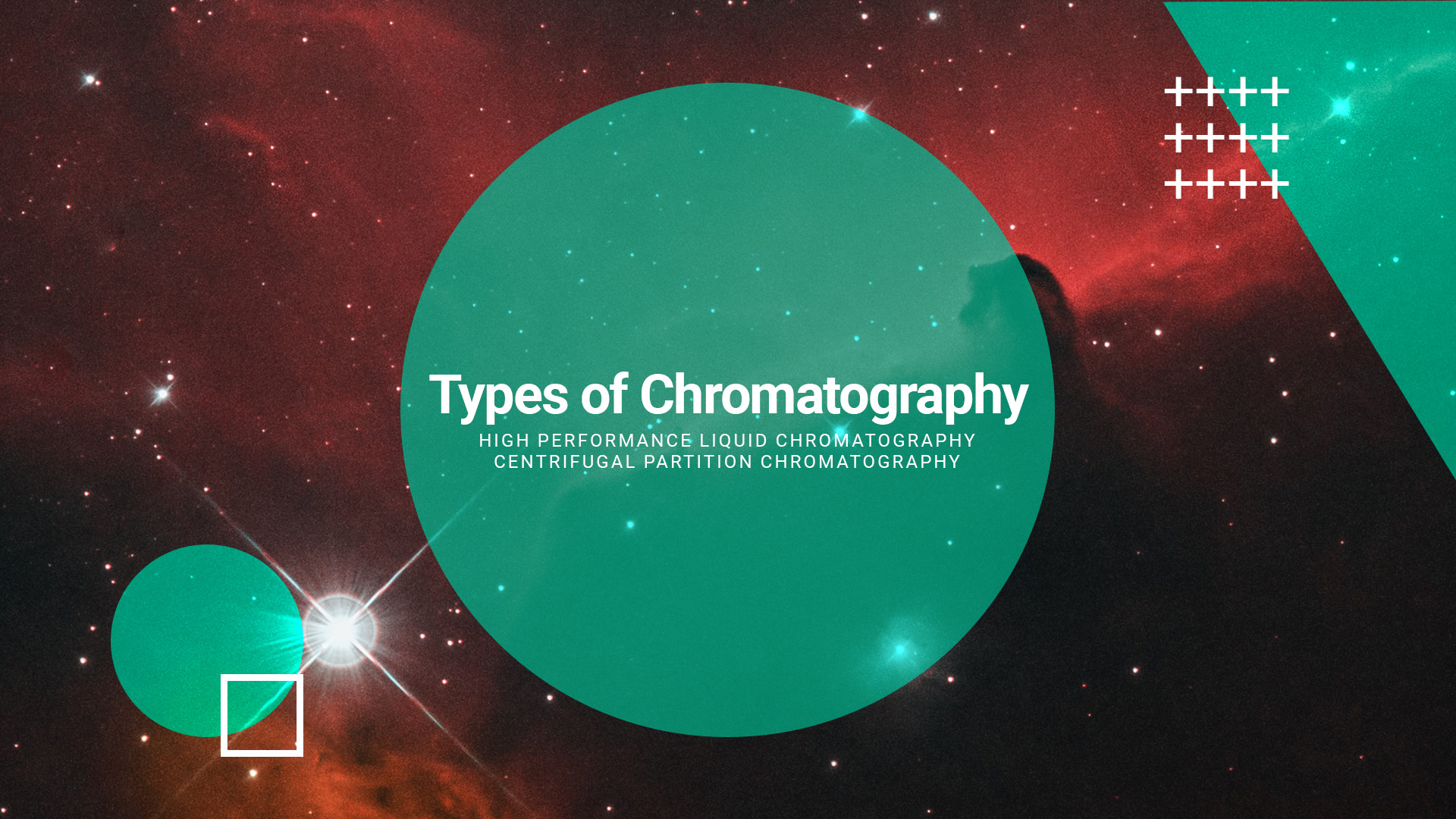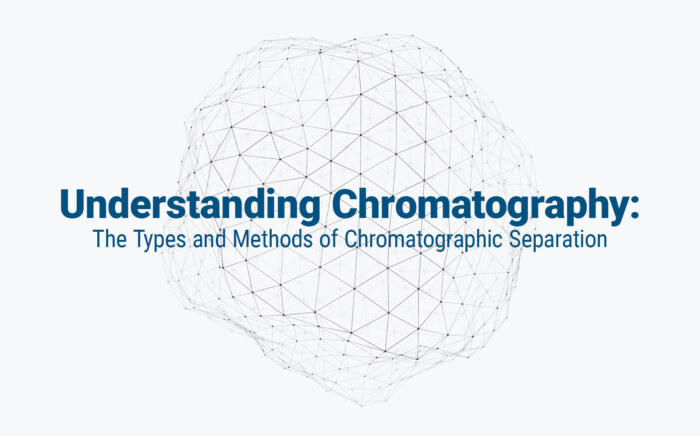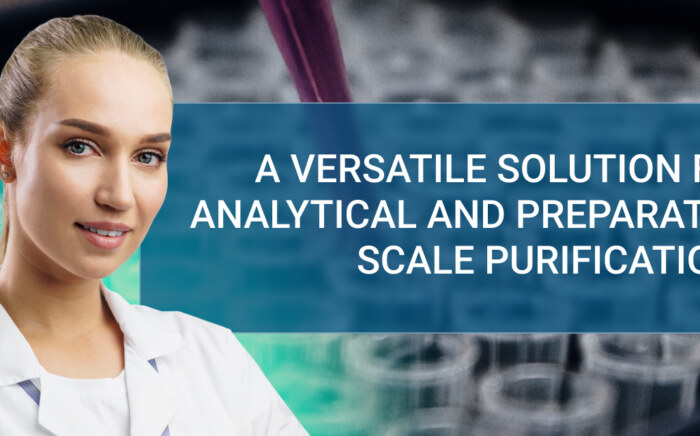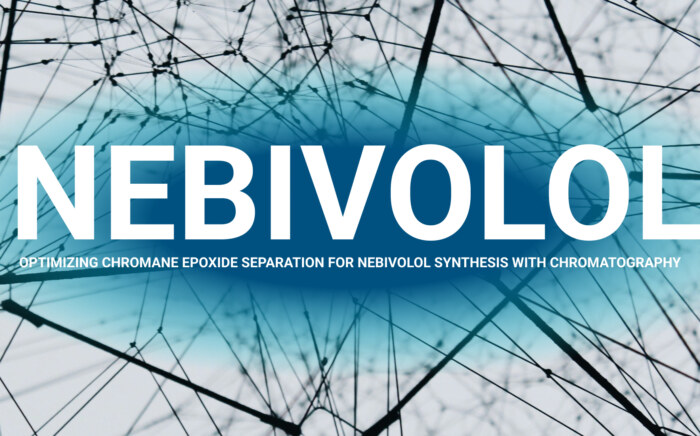Increasing separation efficiency by pH adjustment in Centrifugal Partition Chromatography
NewsChromatography is a powerful separation technique that allows for the isolation, purification, and analysis of compounds within a mixture. With applications in fields ranging from chemistry and biology to environmental science and food science, it is a widely used and versatile method. Within the realm of chromatography, there are various types of techniques available, each with their own specific characteristics and uses.
High-Performance Liquid Chromatography
High-performance liquid chromatography (HPLC) is a powerful and widely used technique for the separation and analysis of small molecules, proteins, and other biological compounds. It is a type of liquid chromatography that uses a liquid mobile phase and a solid stationary phase to separate and purify compounds in a mixture.
One of the key features of HPLC is its high separation efficiency, which is achieved using a finely porous stationary phase and a high-pressure pump to drive the mobile phase through the column. This allows for the separation of compounds with very similar physical and chemical properties and enables the detection of trace contaminants or impurities.
HPLC can be used to analyze a wide range of compounds, including pharmaceuticals, food additives, and environmental contaminants. It is a versatile technique that can be used in a variety of applications, including quality control, drug development, and forensic analysis.
In an HPLC system, the sample to be analyzed is introduced onto the top of the column using a sample injector. The mobile phase, typically a liquid such as water or an organic solvent, is then passed through the column under high pressure, and the compounds in the sample are separated based on their affinity for the stationary phase. The separated compounds are then detected using a variety of techniques, such as UV-visible spectroscopy or mass spectrometry.
HPLC is precise, fast and delivers high resolution results. But however powerful it may be, it does come with several disadvantages:
- HPLC is an expensive method to maintain, as it requires significant investment in expensive solvents and equipment, as well as regular maintenance and a power supply
- It can be complicated to operate, particularly when it comes to troubleshooting problems or developing new methods
- HPLC is a complex technique, which makes it more difficult for beginners to learn and use
- HPLC is critically dependent on the cleanliness of the sample and mobile phase, and the proper operation of the system, meaning if the system is not cleaned properly, or not operated properly the separation process may be compromised, and the results may be unreliable
Centrifugal Partition Chromatography
Centrifugal partition chromatography (CPC) is a liquid-liquid chromatography technique that is used to separate and purify compounds in a mixture. It is a relatively new technique that has gained popularity in recent years due to its simplicity, efficiency, and cost-effectiveness.
One of the key features of CPC is its use of a liquid stationary phase, which is immobilized by a strong centrifugal force. This eliminates the need for traditional chromatographic columns or solid stationary phases, such as silica gel, which can be expensive and difficult to work with. The liquid stationary phase is typically packed into a series of interconnected cells, which are attached to a large rotor. The mixture to be separated is introduced onto the top of the cells, and the mobile phase is passed through the cells in the form of tiny droplets. The compounds in the mixture are separated based on their affinity for the stationary phase.
CPC is a versatile technique that can be used to separate a wide range of compounds, including small molecules, proteins, and other biological compounds. It is particularly well-suited for the purification of compounds on a preparative scale, due to its high yield, throughput, and productivity.
In addition to its simplicity and efficiency, CPC has several other benefits, including low sample loss, high output capacity, and the ability to reuse the cells after a rinse. This makes it a cost-effective and environmentally friendly alternative to traditional chromatographic techniques.
Overall, CPC is a powerful and versatile technique for the separation and purification of compounds. Its simplicity, efficiency, and cost-effectiveness make it a valuable tool in a variety of fields.
Resources
To learn more about CPC and chromatography in general, click any of the links below.



